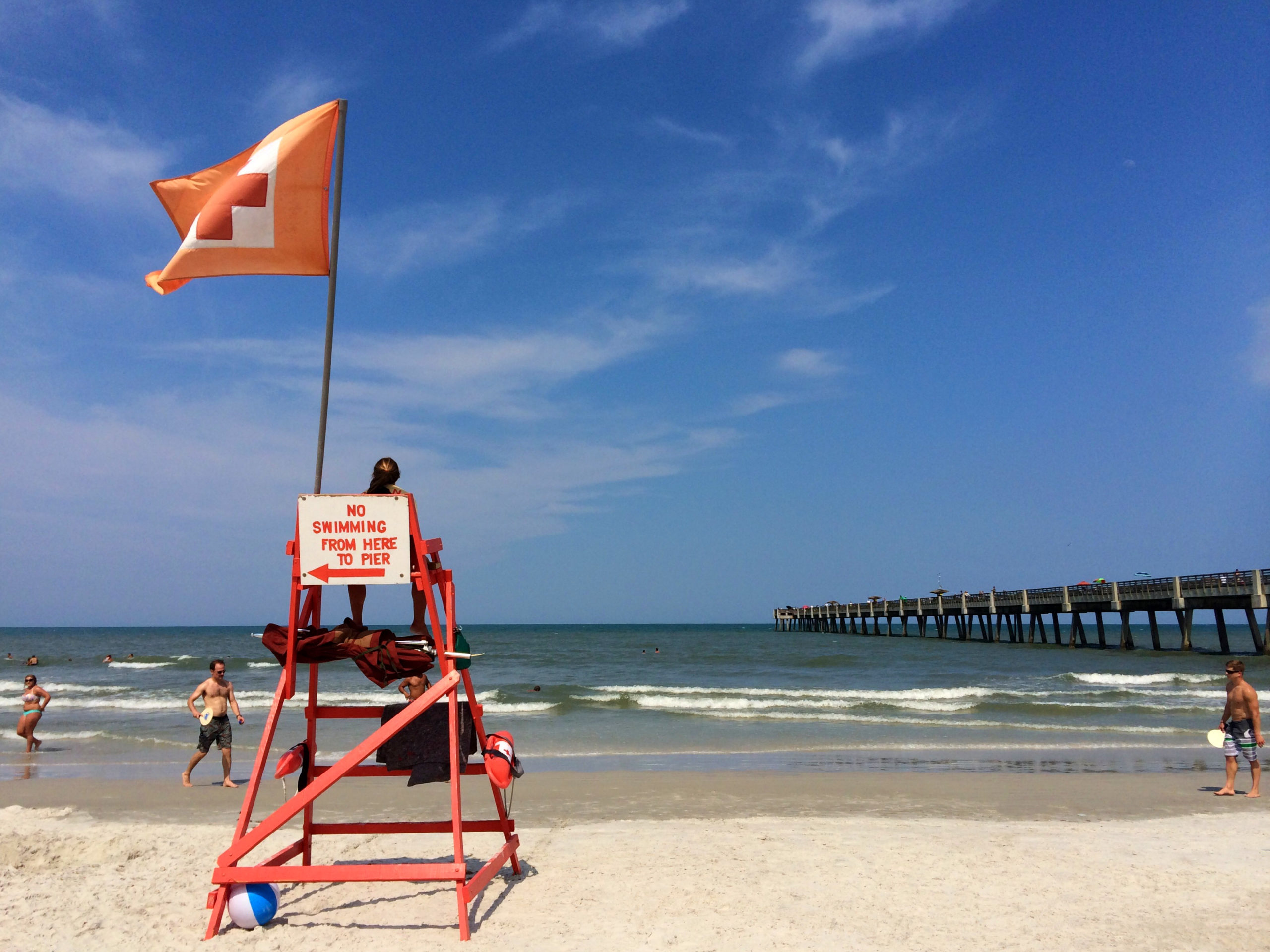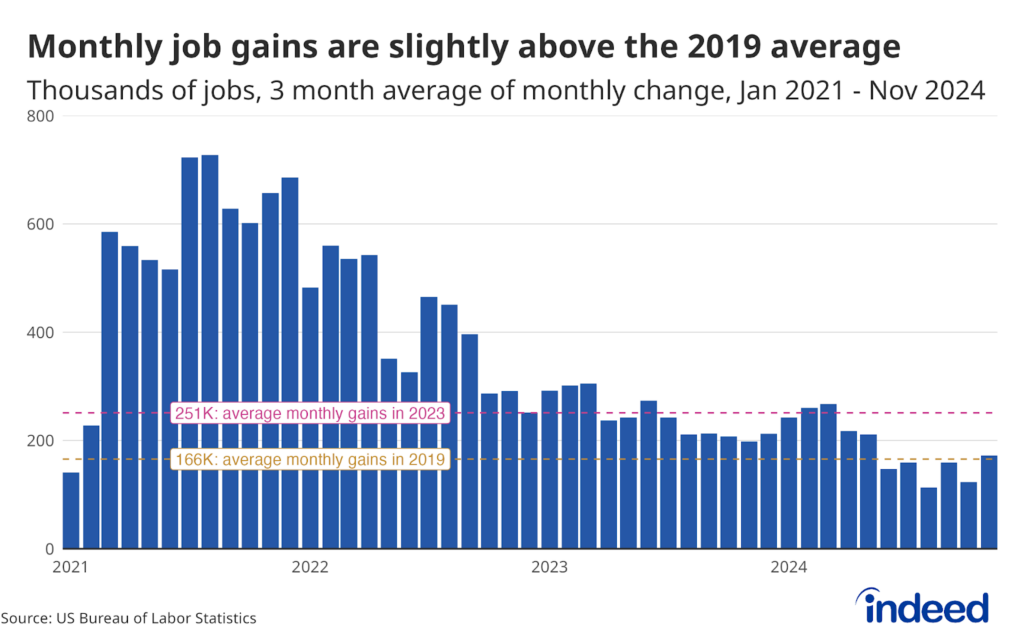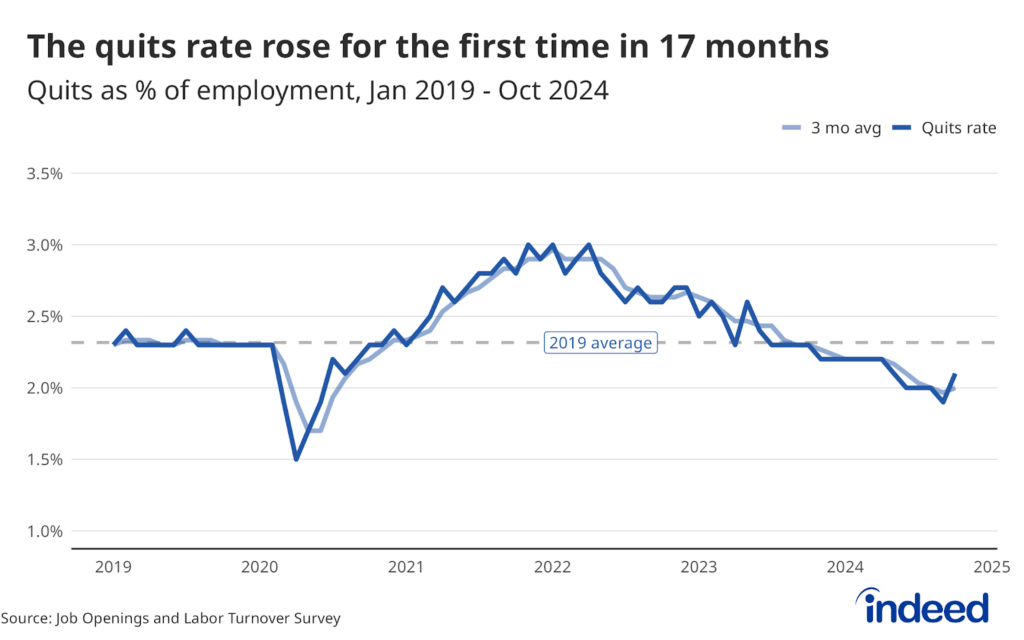Key Points
- Employer demand for seasonal work is growing in line with pre-pandemic trends, with summer job postings on Indeed soaring 40.1% above their February 1, 2022 baseline as of April 10.
- Domestic job seeker interest in seasonal work was below prior years trends, suggesting employers may struggle to fill these positions.
- Foreign workers could potentially fill some of this gap since the share of foreign job seeker searches on Indeed containing terms related to temporary work visas has spiked.
- In March, Jamaica had the highest share of foreign searches for US jobs using terms related to H-2B temporary work visas.
As spring arrives, US employers are wondering whether last year’s problems hiring summer workers will persist. To help them find workers, the Department of Homeland Security announced the release of an additional 35,000 H-2B visas at the end of March. H-2B non-agricultural visas are for temporary, seasonal work and are intended for use when not enough US workers are available.
It does look like some US employers will have to step up hiring of foreigners for seasonal work this summer, according to Indeed job search data. Seasonal job postings are growing similarly to pre-pandemic patterns, though that growth is down by a whopping 47 percentage points from a year ago, when employers were staffing up aggressively in hopes the pandemic was easing. Meanwhile, domestic job seeker interest is sluggish, with seasonal and summer work searches on Indeed this year below 2019 and 2021 trends.
Foreign job seekers appear ready to fill some of that gap. The share of foreign job seeker searches on Indeed containing H-2B visa terms is higher than in previous years.
Employers have to weigh costs versus benefits if they choose to depend on foreign workers. The process for hiring foreigners is lengthy. And, if another COVID-19 spike occurs, renewed travel restrictions could impede the ability of workers to come to the US.
Demand for summer workers similar to before the pandemic
Seasonal postings on Indeed for spring and summer jobs comprise a variety of positions. Some of these jobs, like camp counselor and lifeguard, fit the traditional summer mold. But more general roles, like retail sales associate and cashier, make strong showings too.
We identify postings as seasonal if they contain certain keywords in job descriptions. Such postings rise quickly from February to April and peak in mid-May and June. This year’s seasonal job posting trend is on par with 2019. As of April 10, seasonal postings on Indeed were 40.1% above their February 1, 2022 baseline, nearly the same as 2019, when such postings were up 38.1% in the comparable period.
But what about that sharp 47 percentage point fall-off in seasonal job postings this year compared last year? Actually, it’s no surprise. The economy is in a different stage of pandemic recovery from the pandemic. Surging employer demand for workers last summer was in part a one-off restaffing after the acute shutdown phase of the crisis.
Dampened domestic interest in seasonal work
On the flip side, domestic job seeker interest in seasonal jobs lags prior year trends. As of April 10, the 2022 share of domestic job seeker searches for seasonal work was respectively 27.6% and 16.9% below the comparable periods in 2019 and 2021.
Dampened domestic job seeker interest in summer work could be for several reasons. People between 25 and 54, prime working age, and especially women, still face pandemic-related impediments to work, such as childcare responsibilities. Teenage workers have more options competing for their attention this summer now that extracurricular activities are back on the table. Low wages may be a particularly important reason. Seasonal summer work is generally at the lower end of the wage spectrum. Job seekers have shifted their interest toward postings advertising higher wages and people’s confidence in finding work is strong.
Increased foreign interest in seasonal work programs
For employers willing to go through the legal process of employing temporary work visa holders, plenty of foreigners are interested. The share of searches on Indeed containing H-2B visa terms has spiked, especially following the Department of Homeland Security’s March 31 announcement of additional H-2B visas. As of April 10, 2022, the share of searches related to these terms was up 209% year over year. And, compared with April 10, 2019, searches related to H-2B climbed 738%.
Job seekers using these search terms are probably looking for employers that will sponsor H-2B visas on their behalf. This comes on the heels of the pandemic’s chilling effect on immigration. The COVID-19 crisis slashed net migration to the US nearly 50%, from 477,000 in 2019-2020 to 247,000 in 2020-2021. Foreign job seekers probably know that, while the visa process has many hurdles, the tight US labor market is ripe with opportunities.
In March 2022, job searches from Jamaica made up 18.9% of total foreign searches related to the H-2B temporary work programs on Indeed’s US site. These searches heavily focus on finding H2-B opportunities and often don’t specify occupation. Among those seasonal foreign H-2B searches that do look for particular occupations, housekeeping and cooking jobs make appearances.
Interest from some countries has been in line with past trends. But two countries stand out. In November 2021, Dominican Republic citizens and Haitians both became eligible for H-2B visas. Before then, there had been nearly no searches on Indeed using terms related to this visa. After the eligibility announcement, interest surged. Both Haiti and the Dominican Republic now make up large shares of total foreign job searches related to this visa program.
Conclusion
Employers looking to hire seasonal workers this summer may have a tricky time. Domestic interest in seasonal summer job postings on Indeed is muted compared with previous years. Employers may have to turn to foreign H-2B workers instead. That comes with some costs, like filling out immigration paperwork, but it’s one way for employers to staff up for the summer. Based on foreign job seeker searches, there are lots of people from abroad eager to work in the US this summer. Hiring Lab will keep a close eye on these trends as the season approaches.
Methodology
Data on job postings in this blog post are the percentage change in job postings since February 1 by year, using a seven-day trailing average. We define seasonal job postings using an extensive list of keyword terms like “summer job,” “seasonal position,” and “seasonal employment.” Postings related to tax preparation or internship are excluded. This methodology differs from the definitions used in previous blog posts examining seasonal or summer job postings.
Domestic interest in seasonal job postings is defined as any search query containing “summer,” “seasonal,” or “temporary” that originated from a US IP address. Tax- and internship-related searches are excluded from seasonal domestic searches.
Interest from aboard is defined as search queries on the US Indeed website containing “H2-B” that originated outside the US. Mobile search data for February 28, 2021 to March 9, 2021 are missing and were interpolated.
The number of job postings on Indeed.com, whether related to paid or unpaid job solicitations, is not indicative of potential revenue or earnings of Indeed, which comprises a significant percentage of the HR Technology segment of its parent company, Recruit Holdings Co., Ltd. Job posting numbers are provided for information purposes only and should not be viewed as an indicator of performance of Indeed or Recruit. Please refer to the Recruit Holdings investor relations website and regulatory filings in Japan for more detailed information on revenue generation by Recruit’s HR Technology segment.






